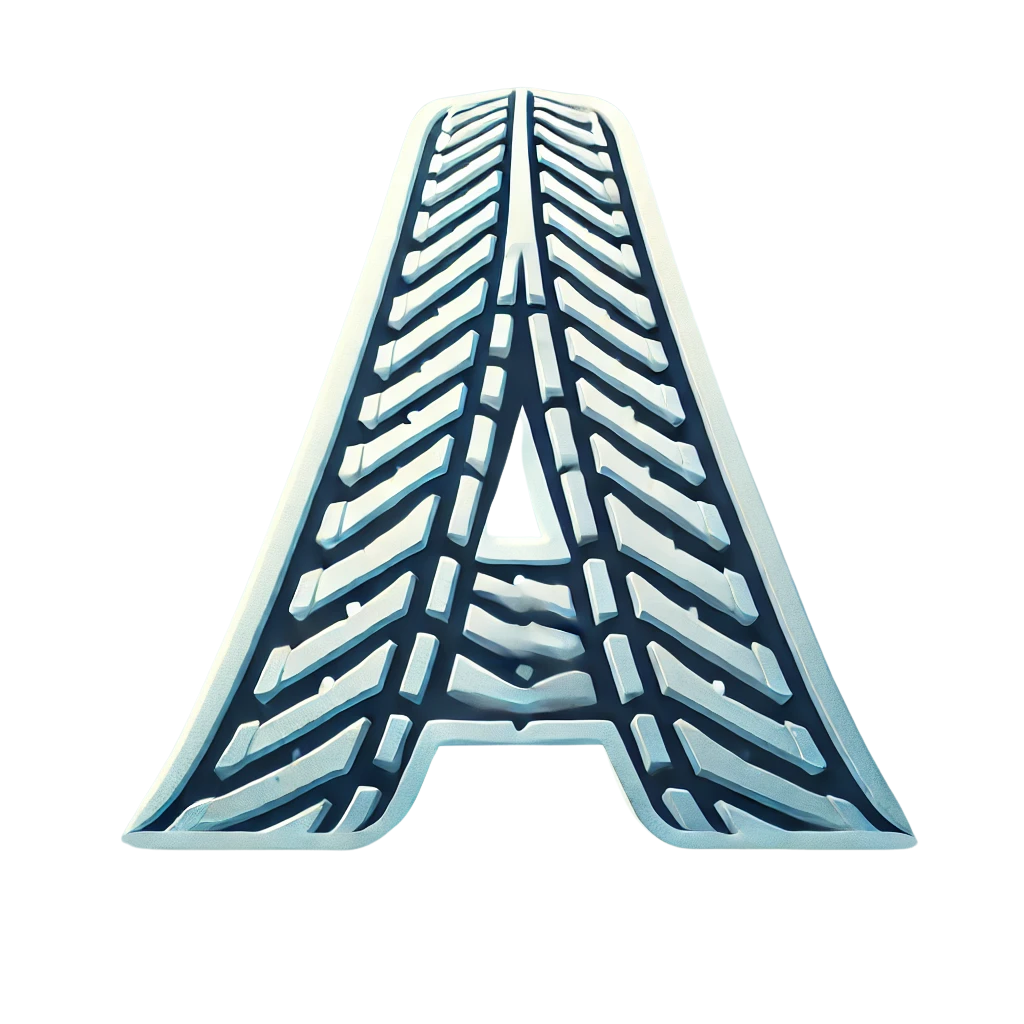Snowmobiling in Poland: A Thrilling Winter Journey Across Mazury, Bieszczady, and Beyond
Mazury: A Lake District Transformed by Snow
The Masurian Lake District in northeastern Poland is a year-round paradise, but it transforms into a magical winter playground for snowmobilers between December and March. With hundreds of interconnected lakes, frozen waterways, and dense forests, Mazury offers a unique landscape for smooth snowmobile rides. Trails wind through pine-scented woods and over open, frozen lakes, creating a dynamic experience unlike any other in Europe. Local outfitters in towns like Giżycko and Mikołajki provide guided tours and rentals for visitors eager to explore safely.
The terrain in Mazury is well-suited for both beginner and intermediate riders, with plenty of open space for practicing turns, stops, and speed control. Since the region is relatively flat, it's easy to learn the ropes without sacrificing adventure. Enthusiasts can cover dozens of kilometers in a single day, often stopping in cozy wooden inns for hearty meals and warm drinks. The low population density and natural silence make this area ideal for peaceful rides with a sense of isolation and freedom.
Wildlife is abundant in Mazury, and it's not uncommon to spot foxes, deer, or even elk from a distance while cruising through the snow. Respect for nature is paramount here; most guides ensure that rides avoid disturbing habitats or protected areas. Local authorities and snowmobiling clubs work together to maintain informal routes, keeping them clear and safe. For those looking to combine snowmobiling with ice fishing, cross-country skiing, or winter photography, Mazury delivers in spades.
The Bieszczady Mountains: Rugged Trails for Experienced Riders
For riders seeking something more intense and wild, the Bieszczady Mountains in southeastern Poland offer snowmobiling in its rawest form. This rugged region is known for its rolling peaks, thick snowfall, and sparse population, making it ideal for extended backcountry expeditions. The trails here are often steep, narrow, and technical, demanding precision and experience. It's a snowmobiler's dream for off-trail riding, especially after a fresh snowfall blankets the slopes.
Unlike the more regulated northern regions, Bieszczady has a freer, more frontier-like vibe. Some locals even compare the area to the Carpathians or parts of Transylvania in terms of atmosphere. Here, you may not find marked trails or touristy signage—instead, you follow your guide through unspoiled nature. Winter tourism is still developing, so the region retains a feeling of authenticity and solitude. Riders must be self-sufficient, well-equipped, and ideally accompanied by someone who knows the area.
Guided tours are offered from places like Ustrzyki Dolne and Cisna, often bundled with lodging in traditional wooden cabins or agritourism farms. These multi-day expeditions allow you to truly immerse yourself in the snowy wilderness while exploring little-known valleys and forest clearings. You'll likely share the trail with wolves or lynx—at least indirectly—as the area is a stronghold for Poland's large predators. Respecting nature's dominance is part of the ride here.
Snowmobile Culture and Access in Poland
Snowmobiling in Poland is still a niche activity but gaining popularity among locals and tourists alike. The sport isn't as institutionalized as in Scandinavia or North America, but growing interest is prompting more businesses and municipalities to accommodate snowmobiles. There's no universal trail pass system, and many rides occur on private land or with verbal permissions from local farmers or forest management groups. As such, organizing a snowmobile trip in Poland often means working with local guides who know the terrain and legal boundaries.
Riders must be at least 18 years old and possess a category B driver's license to operate a snowmobile in Poland. Most rentals include safety gear such as helmets and sometimes GPS trackers. Insurance is typically bundled into the rental fee, though independent travelers should check local policies if bringing their own machines. Riders are advised to wear layered, weatherproof clothing and carry emergency supplies, especially in remote regions like Bieszczady.
Clubs and online communities have been instrumental in mapping out unofficial trails, sharing GPS data, and advising on conditions. Enthusiasts often rely on Polish forums and social media groups to arrange meetups or exchange tips. While signage may be limited, the sense of community among riders makes up for it. Local festivals and winter rallies are slowly popping up in resort towns, giving more visibility to the sport each year.
Combining Snowmobiling with Winter Tourism
Snowmobiling in Poland pairs well with the country's rich winter tourism offerings. Visitors can combine a day of trail riding with a thermal spa visit, sleigh ride, or traditional Polish feast in a mountain inn. Zakopane, though more known for skiing, also has access to snowmobiling services and is a good base for mixed winter activities. The Tatra Mountains are more regulated due to their national park status, but surrounding areas offer legal riding zones.
Many tour operators offer packages that bundle snowmobiling with dog sledding, ice climbing, or snowshoeing. This blend appeals to both adrenaline-seekers and families looking for scenic, active holidays. Poland's affordability compared to Western European destinations makes it attractive for multi-day getaways. Domestic travelers from Warsaw, Gdańsk, and Kraków are increasingly heading to the mountains or lake districts for winter escapes, fueling a slow but steady expansion of snowmobile services.
After a day on the trails, riders can unwind with Polish mulled wine, known as grzaniec, or warm up with regional dishes like bigos or oscypek cheese. The cultural element adds depth to the snowmobiling experience and helps create lasting memories. The mix of nature, tradition, and emerging infrastructure makes Poland an increasingly compelling snowmobiling destination for those willing to explore.
